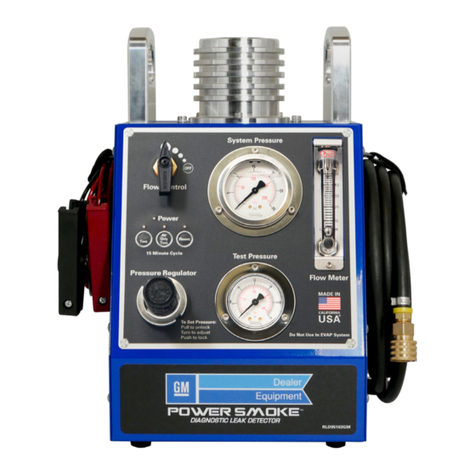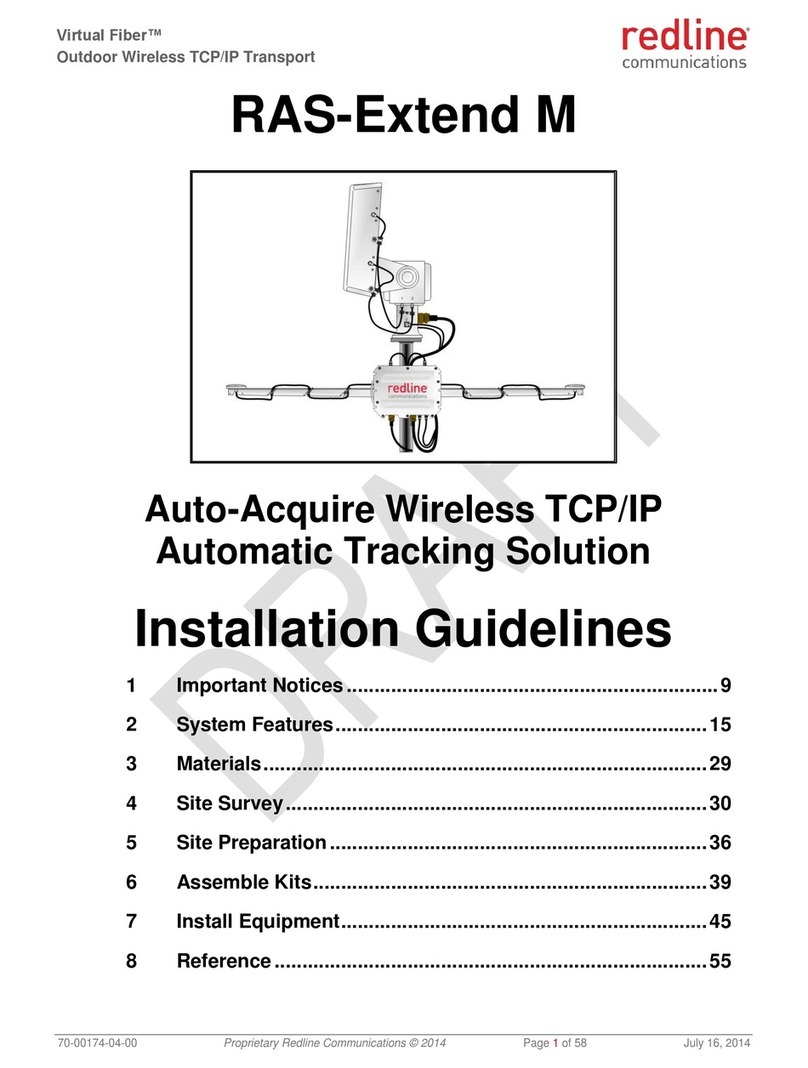
8
Intake System Leak Testing
This test will find any leaks in ducting, charged air cooler, turbocharger, intake manifold,
throttle body, seals, gaskets, hoses, etc.
Seal off intake system by installing Power Intake™Adaptor (see instructions) into intake ducting after air
cleaner box. Begin a 10-minute vapor cycle and pressurize entire system with vapor at 5 PSI (0.35 BAR)
while inspecting for leaks using provided halogen inspection light. If no leaks are present, increase
pressure to 10 PSI (0.7 BAR) to observe leaks. Retest after repairs are performed to confirm proper repair
and seal.
Exhaust System Leak Testing
This test will find any leaks in exhaust tubing, clamps, flex pipe, muffler, diesel
particulate filter, turbocharger, exhaust manifold, etc.
Seal off exhaust system by installing Power Intake™Adaptor (see instructions) into exhaust pipe. If
using inside exhaust stack use the exhaust retention hoop to keep Power Intake™Adaptor from falling
inside exhaust stack. Exhaust Particulate Filter or Catalytic Convertor may not allow visible vapor
to pass through because the particulates get trapped. In that case you may use block off coupler to
convert Power Intake™Adaptor into a block off adaptor while injecting smoke into the system using the
Temperature Sensor Port Adaptor, Pressure Sensor Port Adaptor or Oxygen Sensor Port Adaptor. These
adaptors give you a great amount of flexibility in testing all areas of the exhaust system. Retest after
repairs are performed to confirm proper repair and seal.
Combination Intake / Exhaust Testing
Some vehicles allow for a single procedure to test the entire intake and exhaust system
at one time.
Many engine systems can be tested from the air box to the tip of the exhaust completely in a single
test. To do so, install Power Intake™Adaptor (see instructions) into intake ducting after air cleaner box
AND install Power Intake™Adaptor (see instructions) into exhaust pipe. Convert Power Intake™Adaptor
in exhaust system into a block off by installing block off coupler. Inject vapor into the intake system
through the Power Intake™Adaptor. Pressurize entire system inspecting for leaks. Note: Complete
system testing can will occur when valve overlap is present or EGR valve is in open position. In cases
where valve overlap cannot occur or EGR may not be opened either manually or computer controlled,
separate system testing must be performed. Retest after repairs are performed to confirm proper repair
and seal.
TURBO/HIGH PRESSURE SAFETY
The procedures in this section are intended to be basic guidelines for users to practice using the
Speed Smoke Diagnostic Leak Detector (TURBO / High Pressure mode).
Speed Smoke Diagnostic Leak Detector is designed to be used in conjunction with the supplied Power
Intake™Adaptor, or threaded sensor port adaptors, also provided is a cooling system adaptor to test the
intake, exhaust, and cooling systems of boosted engines.
DO NOT USE TURBO / HIGH PRESSURE IN EVAP SYSTEM
SAFETY TIPS
• All diagnostic work should be performed with the engine off
• For use only by professional technicians
• Ensure that the vehicle is secure and stable
• Exercise caution when connecting and disconnecting compressed shop air supply
• Do not leave a vehicle unattended while equipment is operating
• Always wear proper safety protection
• This safety guide is not intended to take the place of common sense and good judgment
!
TURBO/HIGH PRESSURE TESTING FOR LEAKS































